About Me
Hello! My name is Maddie Masiello, and I am a 4th year electrical engineering student at Cal Poly SLO, originally from Littleton, Colorado. I have extensive hands-on experience in PCB design, circuit analysis, and hardware debugging, specializing in Altium, circuit design, and system integration. Proven track record of designing complex electrical systems, optimizing production processes, and resolving critical hardware issues. Skilled in managing technical projects, collaborating across teams, and delivering innovative solutions for real-world challenges. Strong foundation in circuit theory, power systems, and micro-controller programming, ready to contribute effectively to advanced engineering projects. Outside of my studies, I enjoy skiing, playing ice hockey, biking, and playing viola and piano.
Work Experience
Electrical Production Test Intern (June 2024 - September 2024)
San Luis Obispo, CAI had a second internship at Edge Autonomy where I...
- Designed multiple PCBs from initial schematic generation to final production using Altium.
- Used circuit analysis techniques to construct circuit boards used for testing parts in production.
- Integrated ESD protection into PCB designs, developed USB-C power delivery systems, integrating IC controllers for voltage/current regulation onto board.
- Contributed 8 complex Altium footprints/3D models to workspace
- Utilized SolidWorks to create fixtures for PCB testing and assembly.
Electrical Engineer Intern (June 2023 - September 2023)
San Luis Obispo, CAIn my first internship with Edge Autonomy, I...
- Diagnosed and resolved issues with overheating PCBs, including component replacement and validation.
- Initiated the assembly of a ground-based test rig for aircraft system integration.
- Conducted root-cause analysis on faulty batteries and helped implement corrective measures.
- Drafted and executed testing procedures for coaxial cables using a spectrum analyzer.
- Played a key role in resolving non-conformance issues related to air data pods.
- Gained experience with JIRA for tracking project progress and managing tasks within a team.
Projects
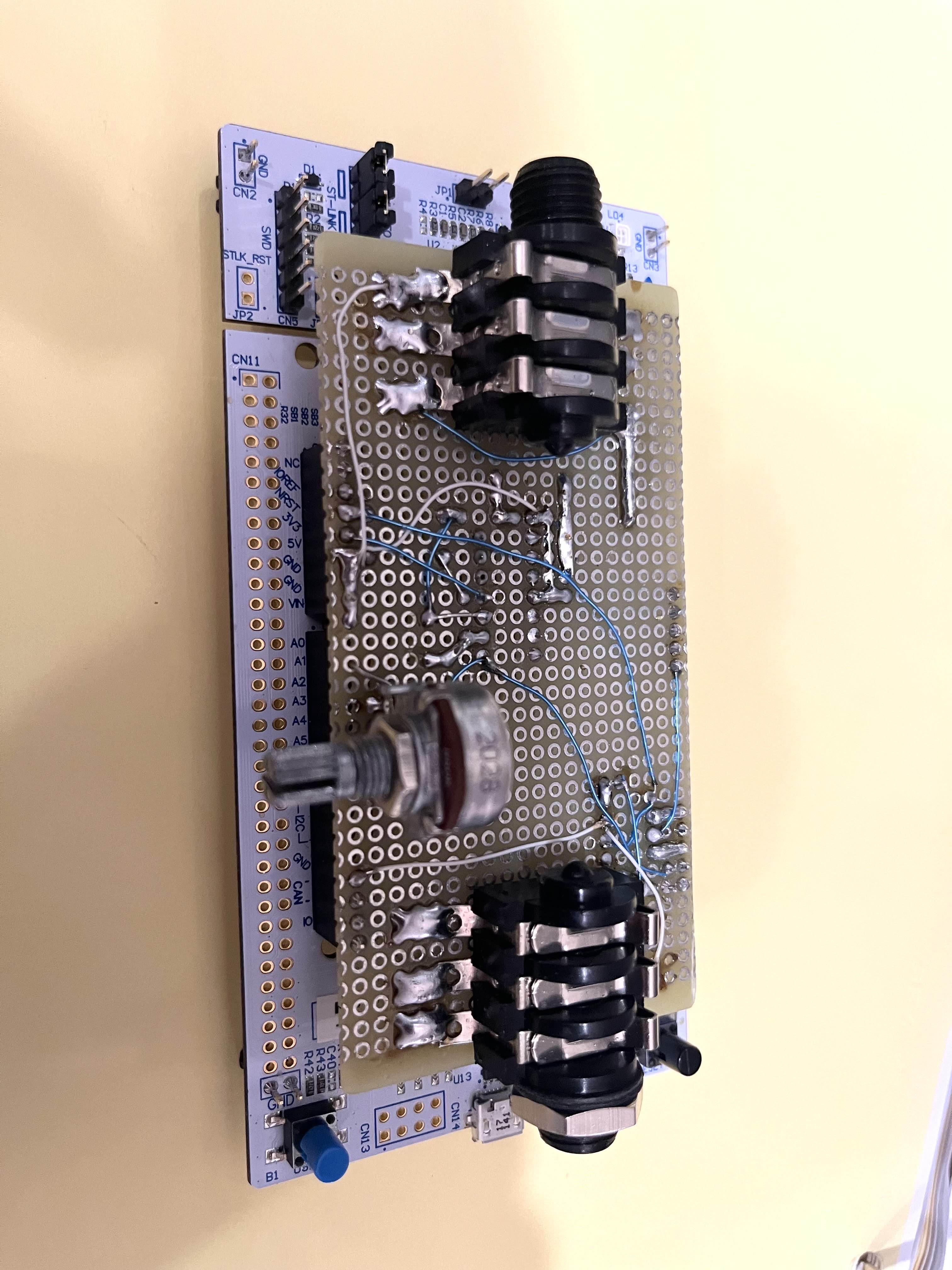
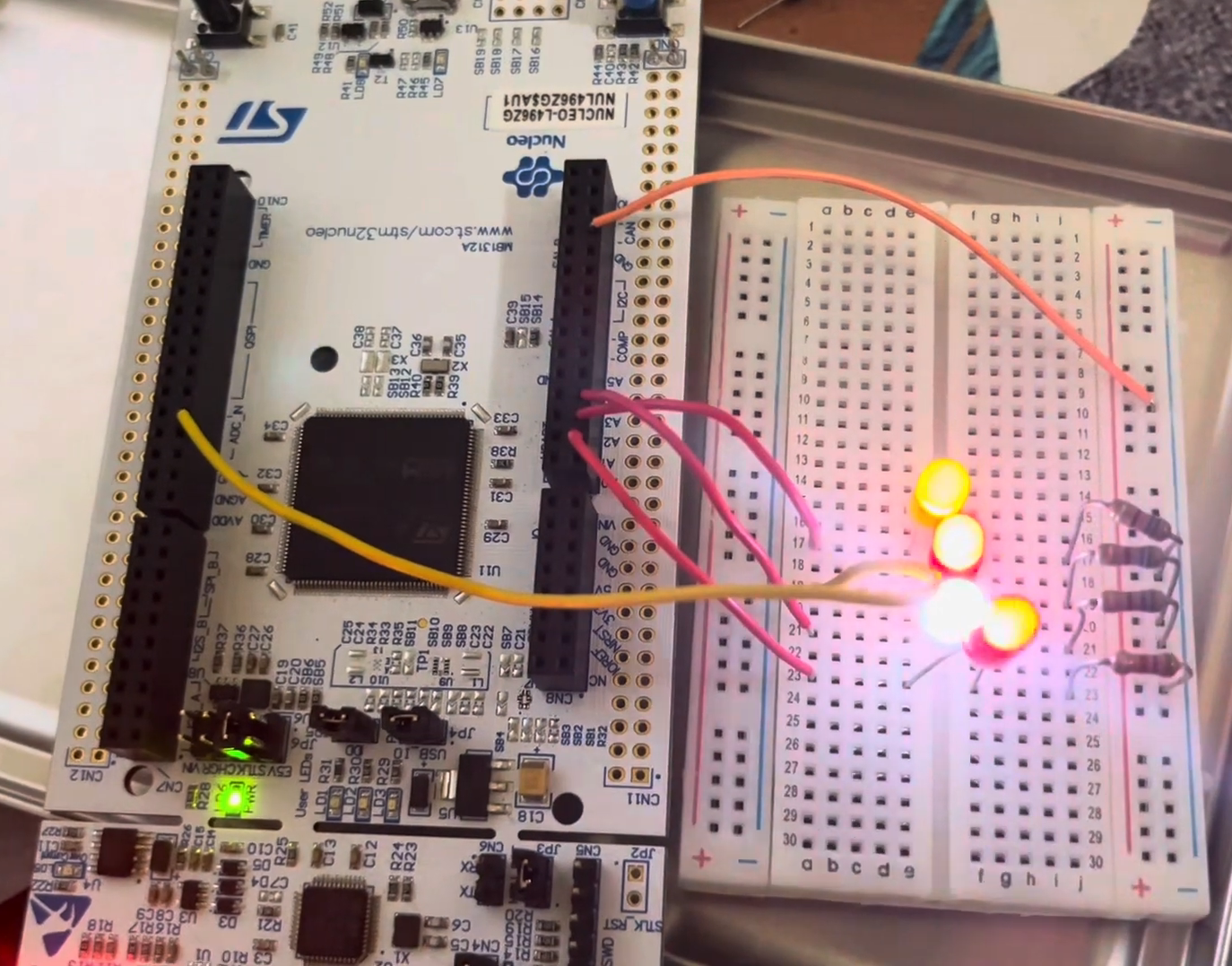
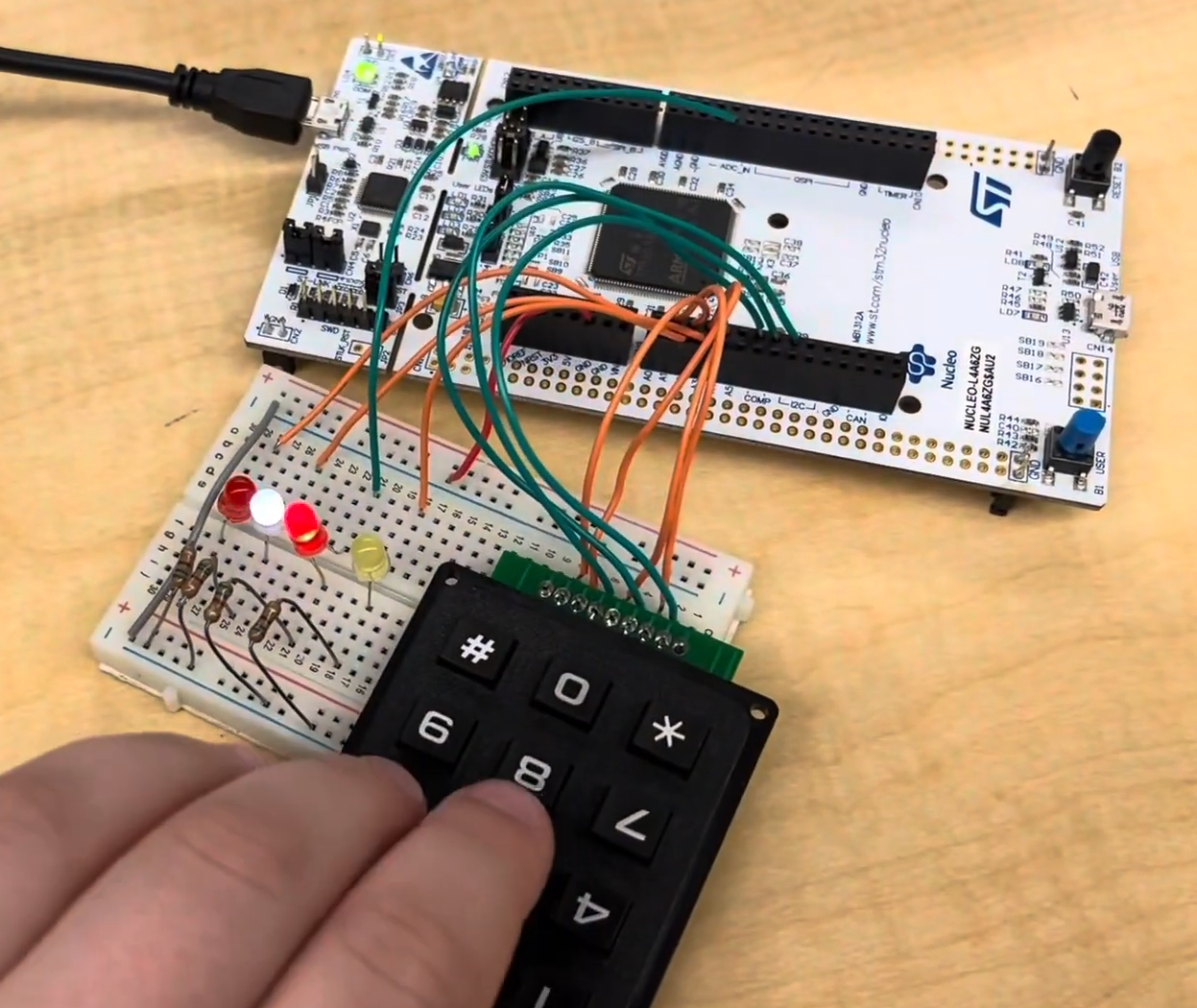
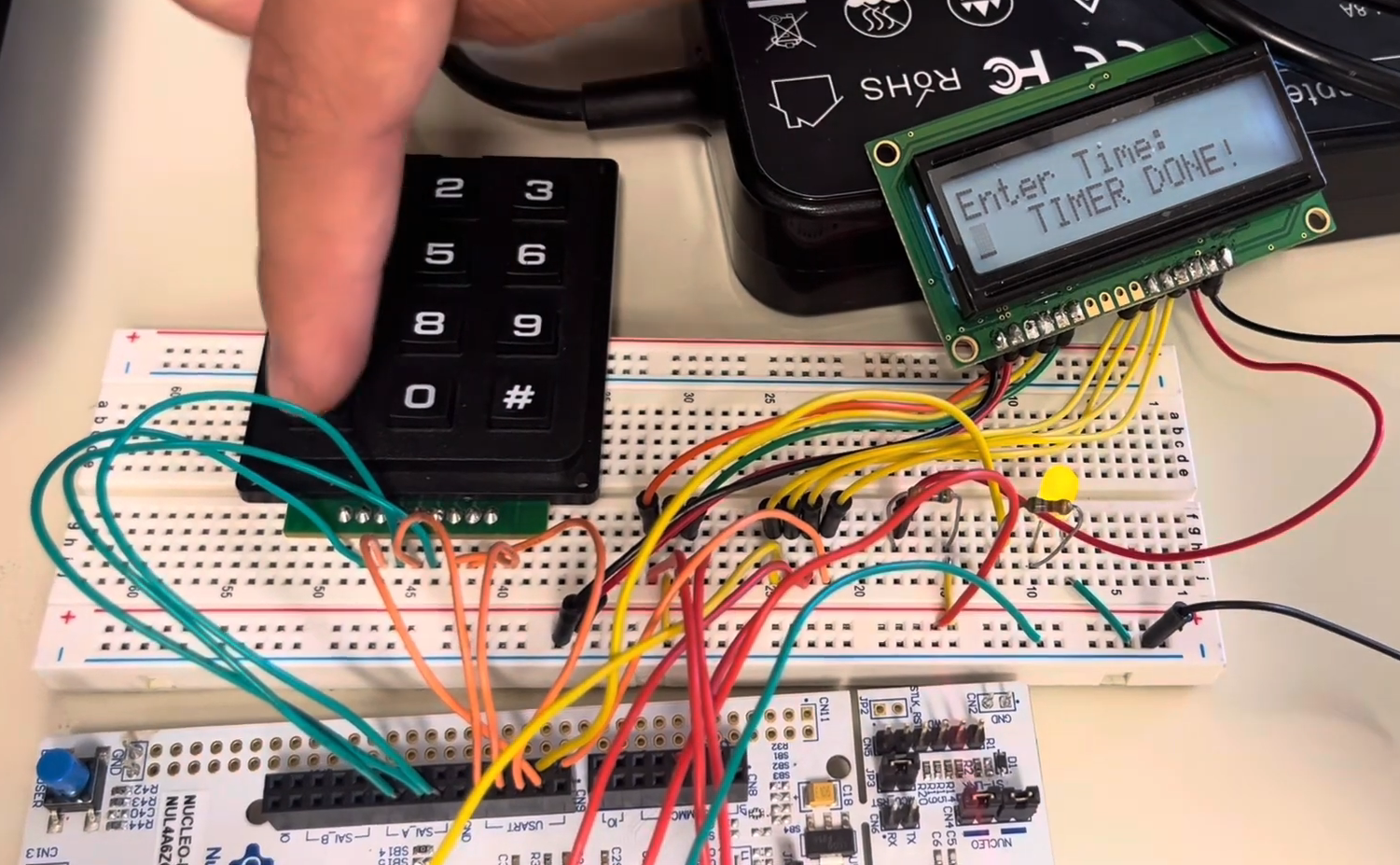
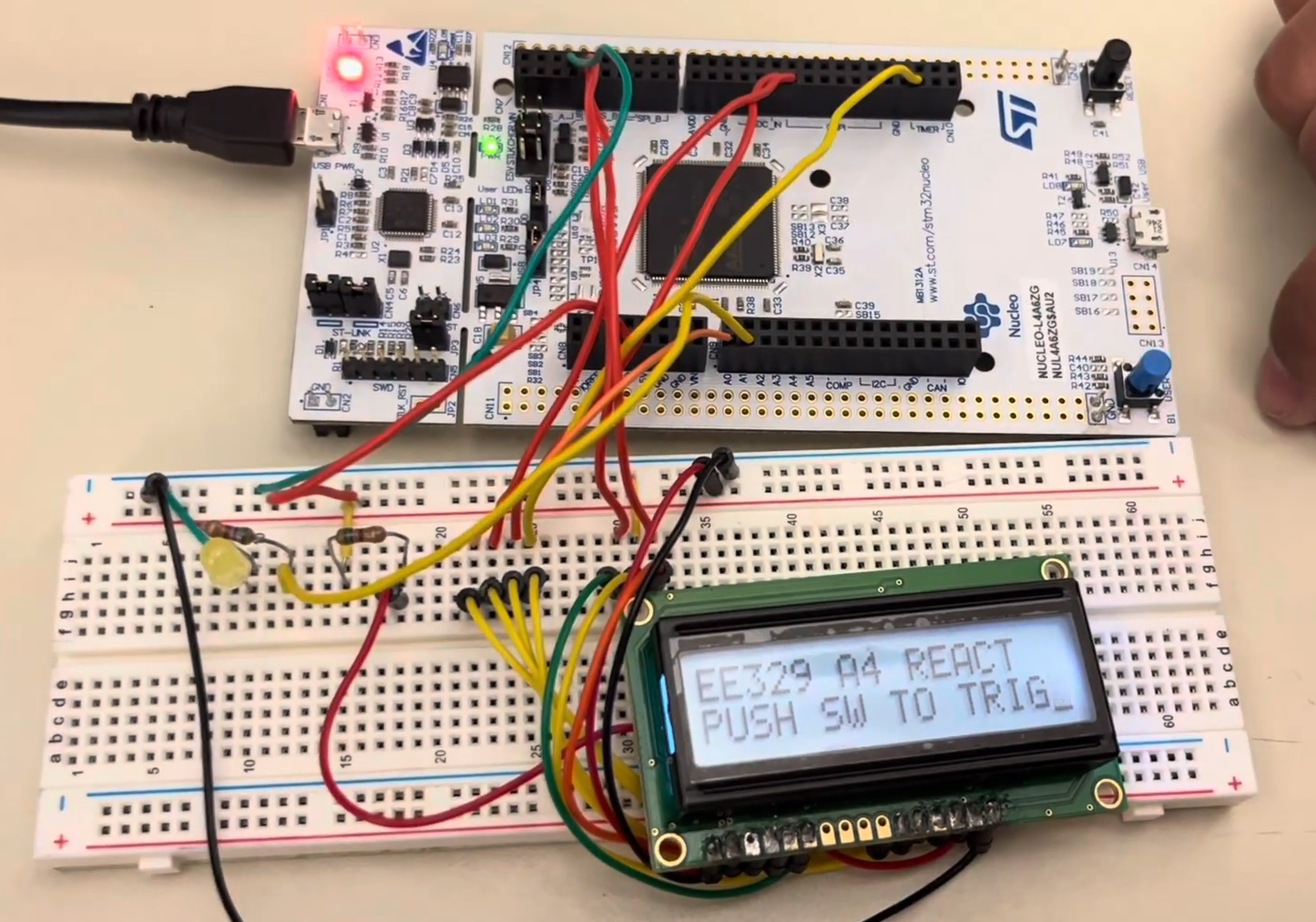

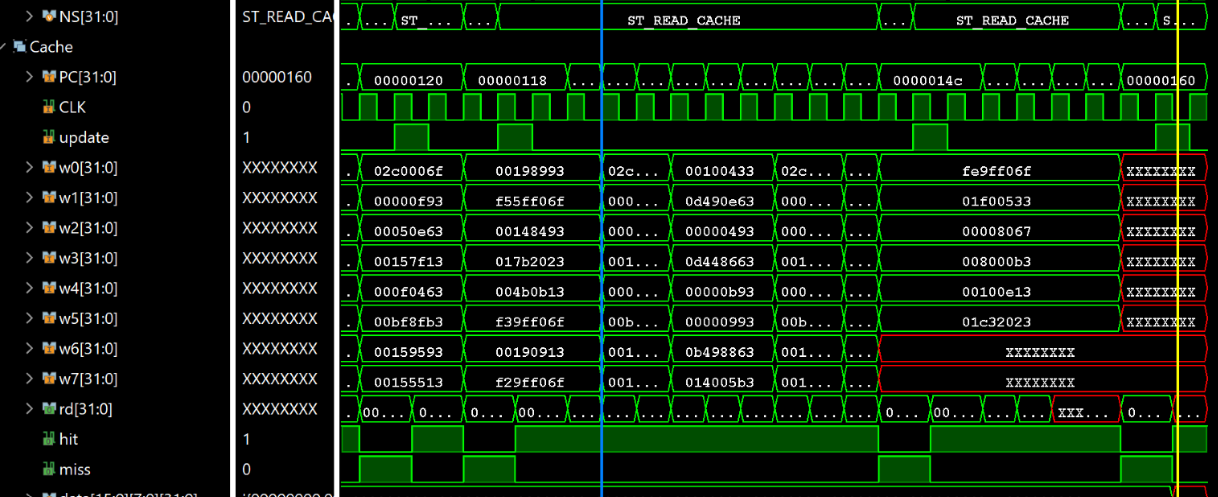
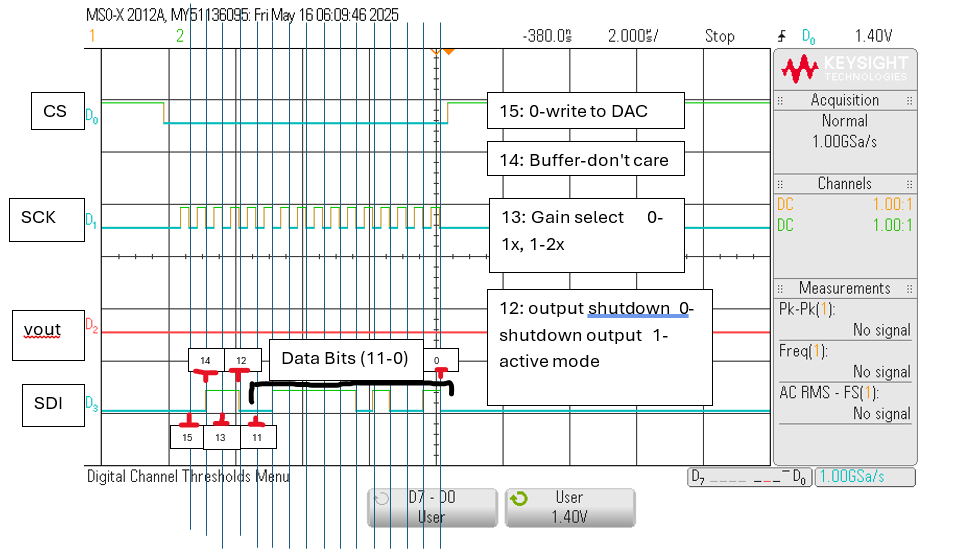
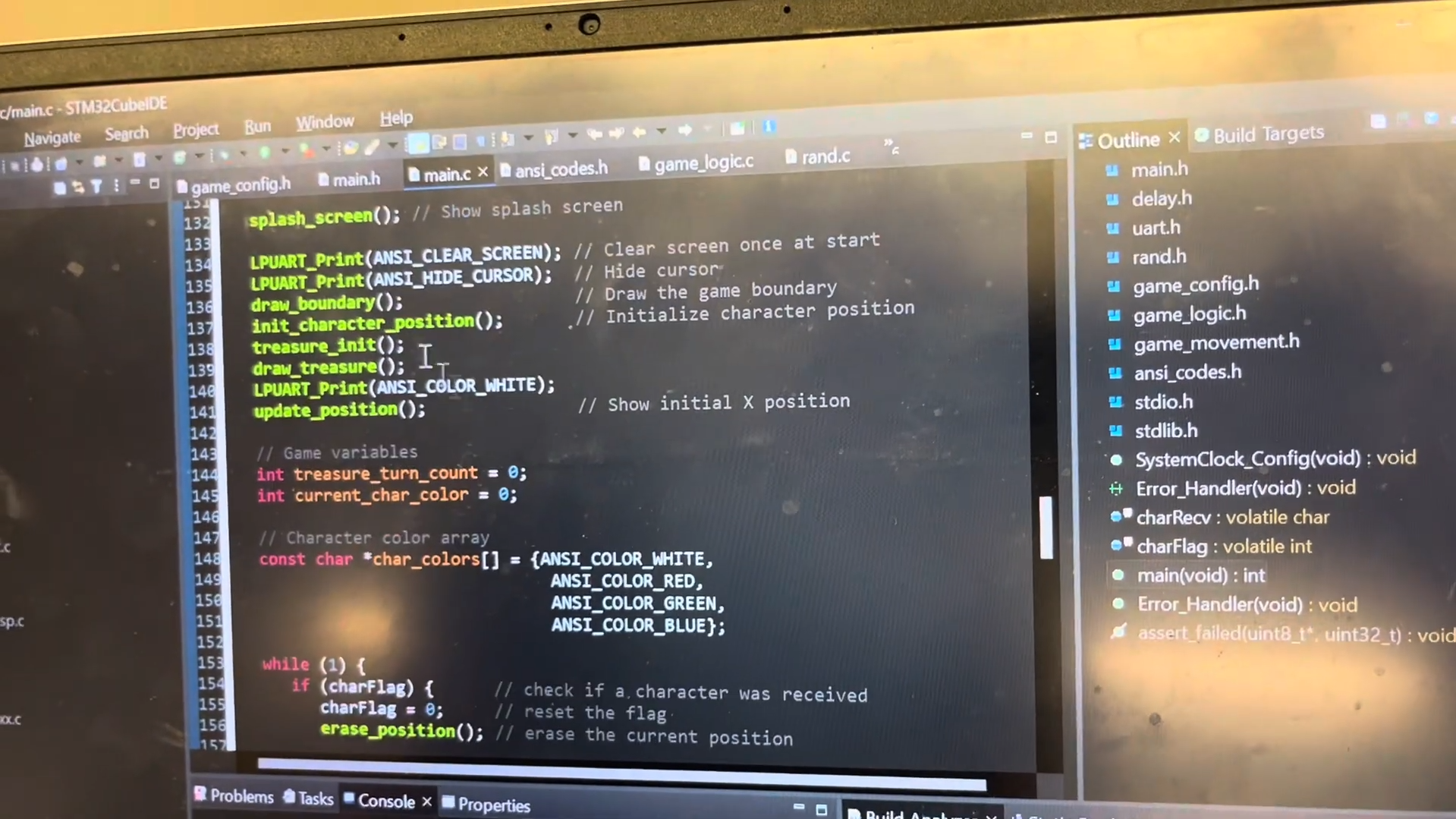
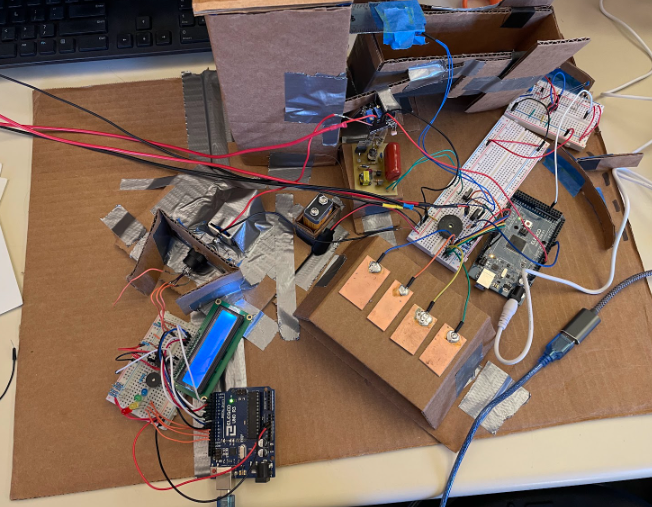
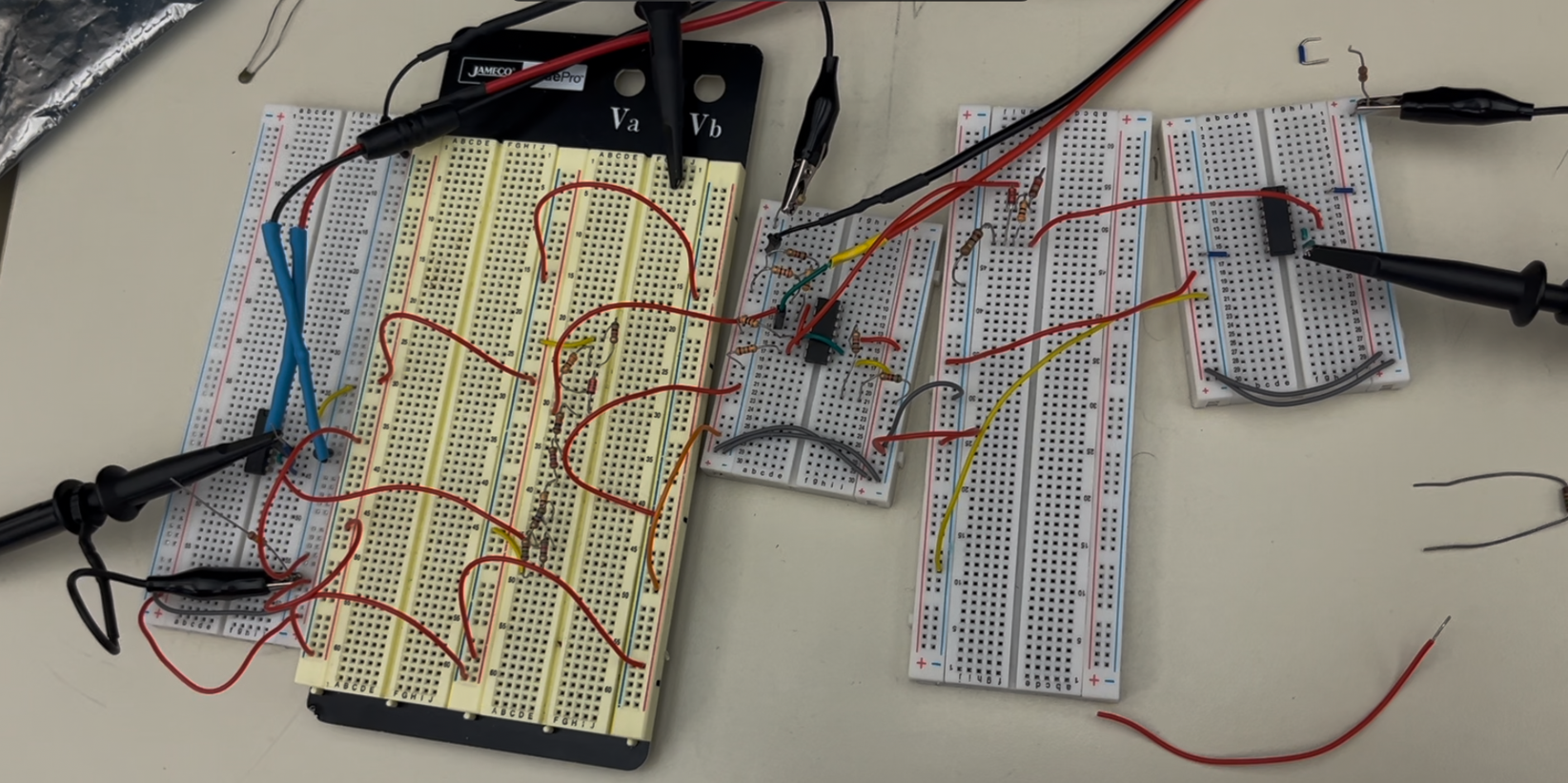
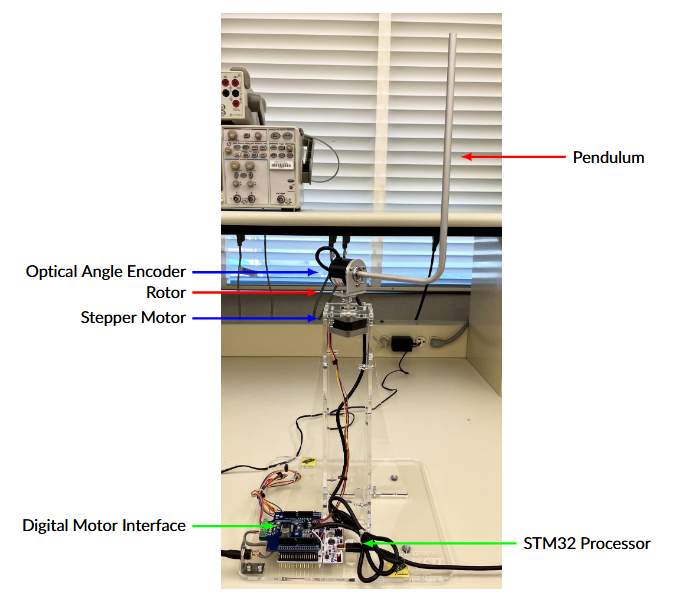
- focused on the behavior of second-order systems by deriving transfer functions and analyzing the effects of poles and zeros on system responses,
- designed a single-input single-output (SISO) controller for the Pendulum angle,
- focused on the application of Root Locus methods to improve transient response behavior,
- designed and implemented a lead compensator to improve transient response, increase stability margins, and enhance overall system performance,
- designed a PID controller that effectively minimizes steady-state error while meeting transient response specifications,
- used two different tuning methods, Manuel and Ziegler-Nichols, to adjust the PID gains (Kp, Ki, and Kd) through simulations and hardware experiments
- utilized frequency response design methods to look at gain and phase margins to help us understand the stability of our system.

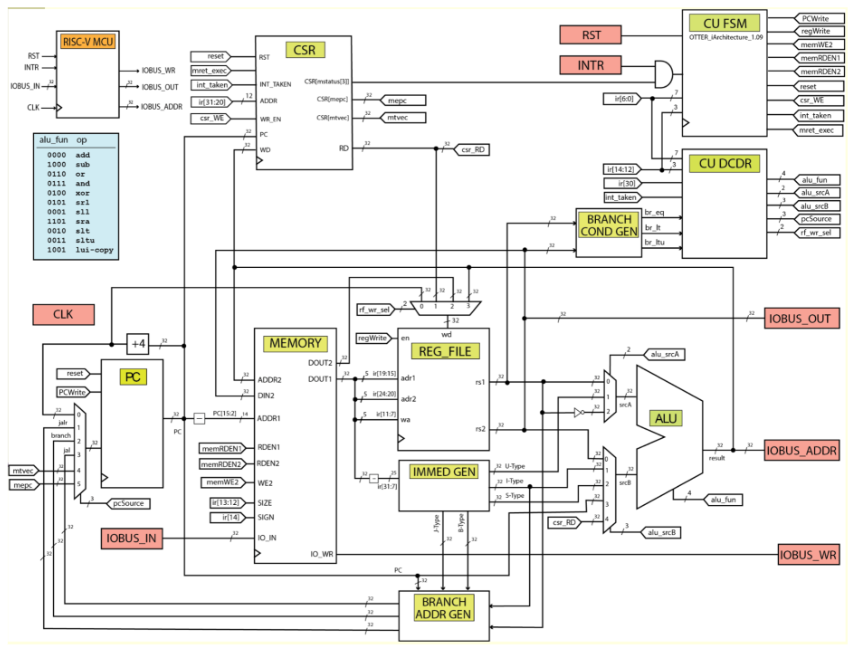
Education / Training
Electrical Engineering, B.S. (September 2021 - Present)
San Luis Obispo, CAI am currently pursuing a Bachelor of Science degree in Electrical Engineering at Cal Poly, with a minor in computer science. Some of my relevant coursework includes:
- Electric Circuits I-III
- Energy Conversion Electromagnetics
- Continuous/Discrete Time Signals & Systems
- Probability & Random Processes
- Electromagnetic Fields & Transmission
- Physics I-III
- Modern Physics
- Data Structures
- Object Oriented Programming
- Digital Design and Assembly Programming
- Semiconductor Device Electronics
- Microprocessor System Design
- Computer Hardware Architecture & Design
- Classical Control Systems
- Analog Electronics & Integrated Circuits
- Digital Signal Processing
- Microcontroller-Based Systems Design
- Vision-Based Robotic Manipulation and Lab
- Power Electronics & Lab